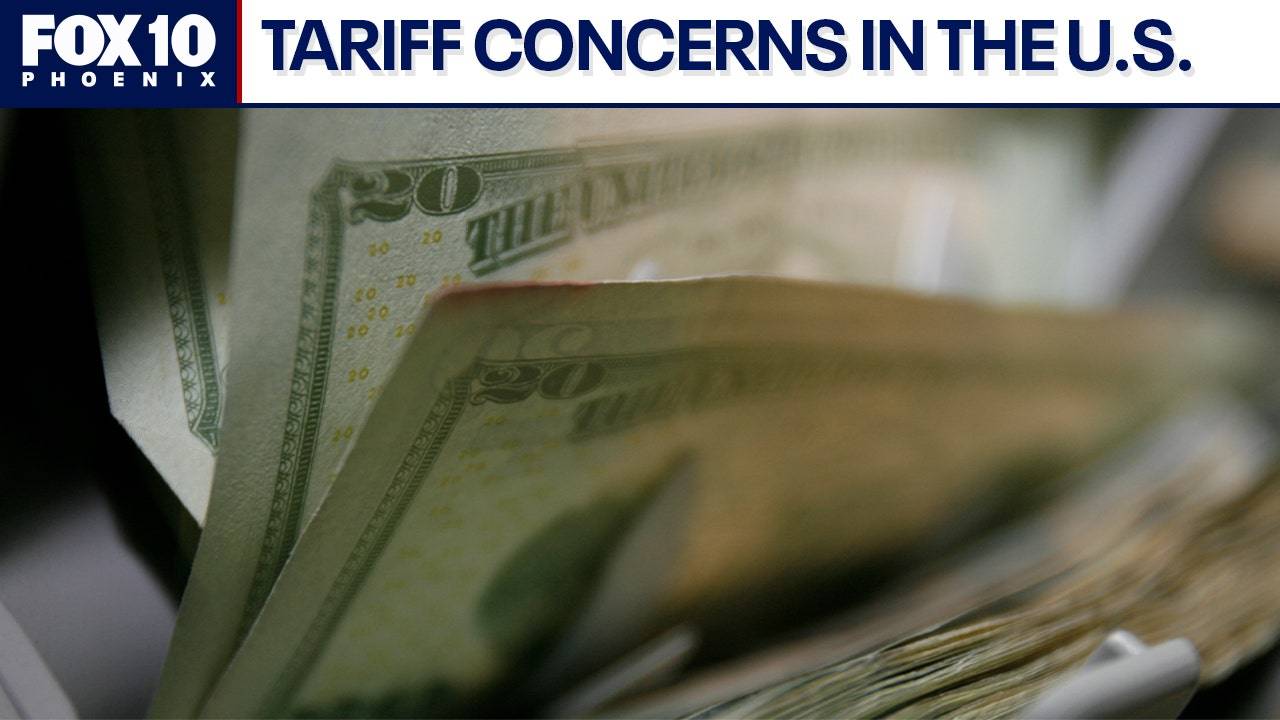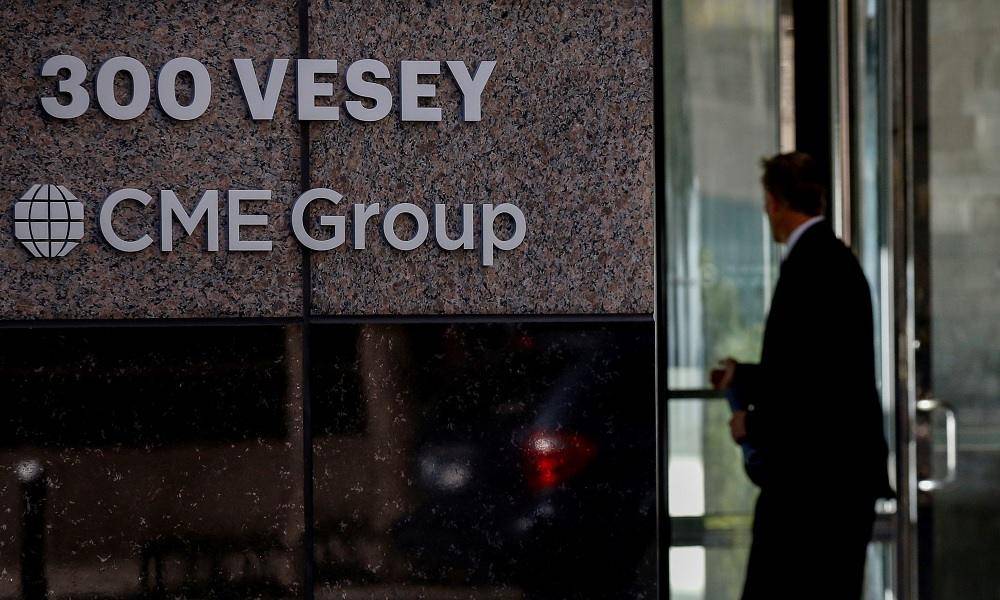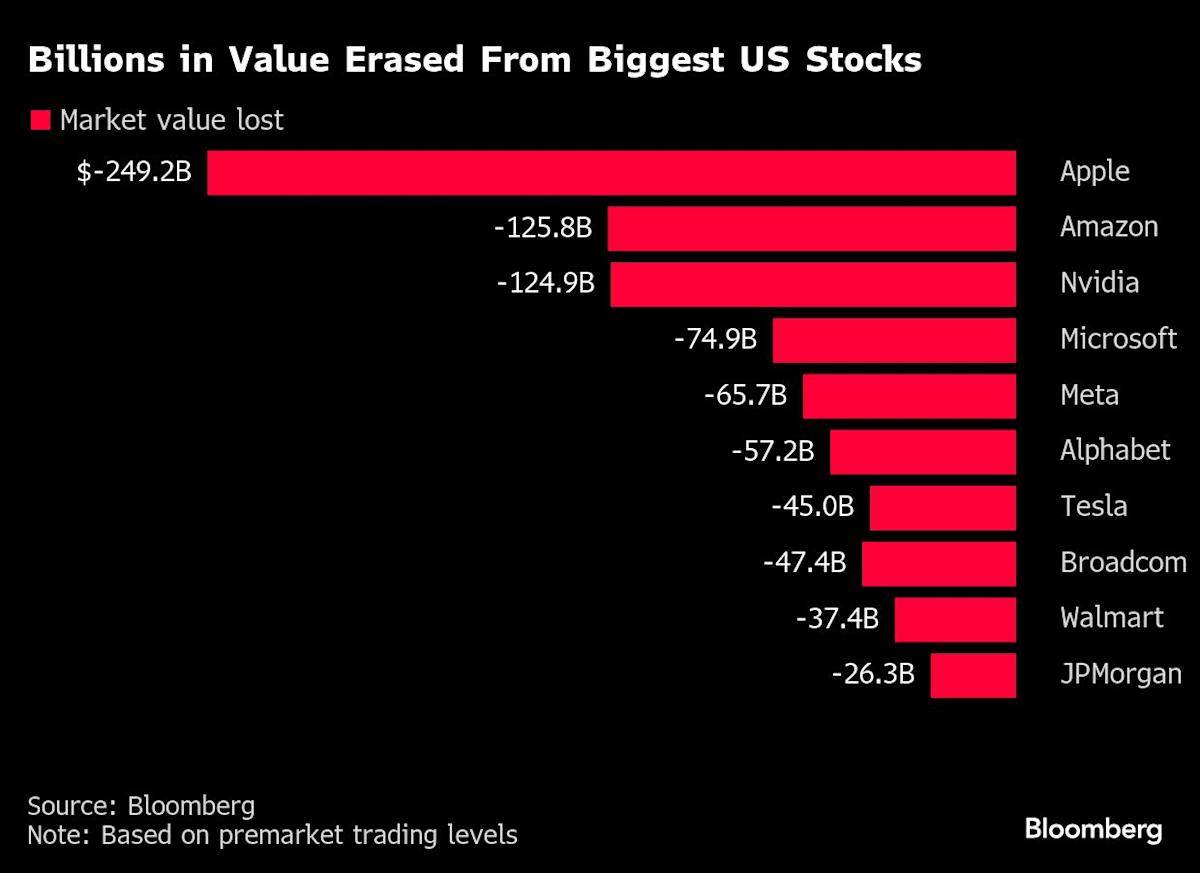Cryptocurrency has become an increasingly popular tool for fundraising, but it has also caught the attention of terrorist organizations like Hamas. The U.S. Department of Justice has made significant strides in combating such activities, particularly with a recent seizure of over $200,000 in cryptocurrency linked to Hamas. This operation highlights the ongoing battle against terrorist financing and showcases how law enforcement agencies are adapting to the use of digital assets by such groups.
The investigation revealed that Hamas supporters used encrypted communication platforms to share cryptocurrency addresses, soliciting donations that were then laundered through various exchanges and transactions. This system allowed Hamas to skirt traditional financial tracking methods, but it ultimately fell under the scrutiny of U.S. authorities who have been working to dismantle these networks.
Understanding the Operation
The operation targeted a network that had laundered more than $1.5 million in cryptocurrency since October 2024. It involved the use of over 17 cryptocurrency addresses to funnel funds into a primary wallet, where they were further laundered through exchanges and brokers. The investigation led to the seizure of several accounts, including one valued at approximately $89,900 and three others totaling $111,500. These accounts were linked to Palestinians residing in Turkey and other locations.
U.S. Attorney Edward R. Martin Jr. emphasized the commitment to stopping Hamas’s financial support, stating that the seizures demonstrate a relentless pursuit of every dollar funding the group’s activities. The case is being prosecuted by the U.S. Attorney’s Office for the District of Columbia, in collaboration with the National Security Division.
The Role of Cryptocurrency in Terrorism Financing
Hamas has been using cryptocurrency for fundraising since at least 2019. However, the scale and effectiveness of these efforts have been unclear until recent investigations. The use of cryptocurrencies by terrorist groups like Hamas has drawn significant attention from regulatory bodies. In 2023, Binance settled with the U.S. Department of the Treasury for $4.3 billion over allegations of failing to prevent and report transactions to terrorist groups.
While cryptocurrency provides an attractive anonymity for illicit activities, it also leaves digital footprints that law enforcement can track. The recent seizure demonstrates that authorities are increasingly adept at tracing and seizing these assets, disrupting the financial networks that support terrorism.
Financial Warfare Against Terrorism
The disruption of Hamas’s cryptocurrency financing scheme is part of a broader strategy of financial warfare against terrorism. Special Agent Raul Bujanda noted that disrupting funds weakens a terrorist organization’s ability to function. This approach reflects a growing recognition that cutting off financial resources is crucial in combating terrorist activities.
As cryptocurrency becomes more integrated into the global financial system, regulatory bodies are calling for increased oversight to prevent its misuse. While the vast majority of cryptocurrency transactions are legal, the potential for illicit use necessitates robust anti-money laundering (AML) measures. The U.S. intervention in Hamas’s crypto operations underscores the evolving landscape of counter-terrorism efforts and the importance of adapting to new financial technologies.
Future Implications
The seizure of Hamas-linked cryptocurrency marks a significant step in the fight against terrorist financing. It highlights the cooperation between law enforcement agencies and the financial sector to identify and disrupt illicit transactions. As cryptocurrency continues to grow as a global financial tool, it’s likely that efforts to regulate and monitor it will intensify. This balance between allowing legitimate use while preventing illicit activities will be crucial in fostering a safer and more transparent digital financial ecosystem.
Incorporating insights from various stakeholders, including law enforcement officials and crypto industry experts, it becomes clear that a nuanced approach is necessary to combat the misuse of cryptocurrencies. This involves not only enhancing regulatory frameworks but also developing advanced technologies to track suspicious transactions. Ultimately, the goal is to ensure that cryptocurrencies serve the broader financial inclusion goals without becoming tools for criminal activities.
As the world moves forward in this complex financial landscape, understanding the intersection of technology, regulation, and security will be key to creating a robust and secure cryptocurrency environment that supports innovation while protecting against misuse.










